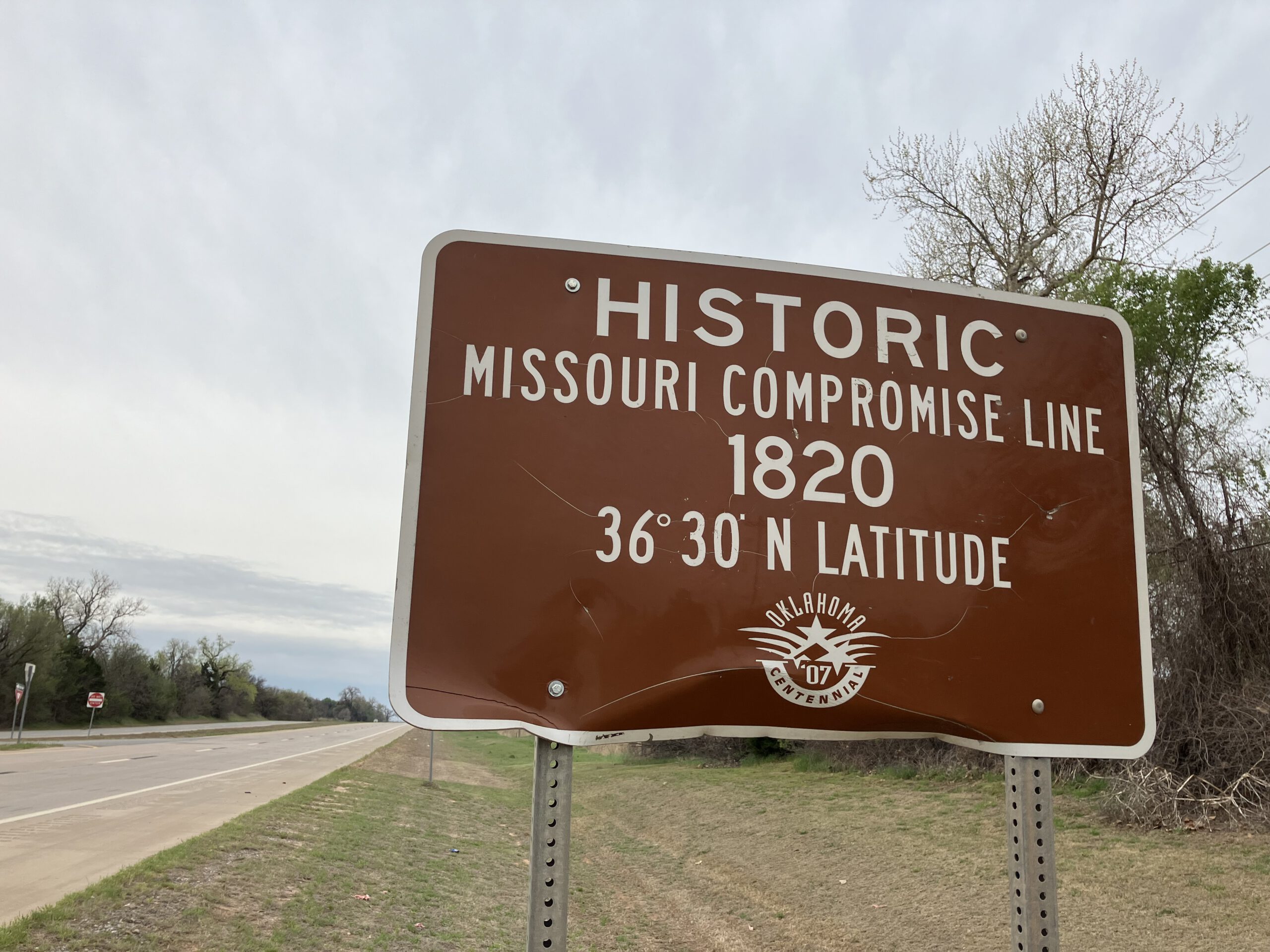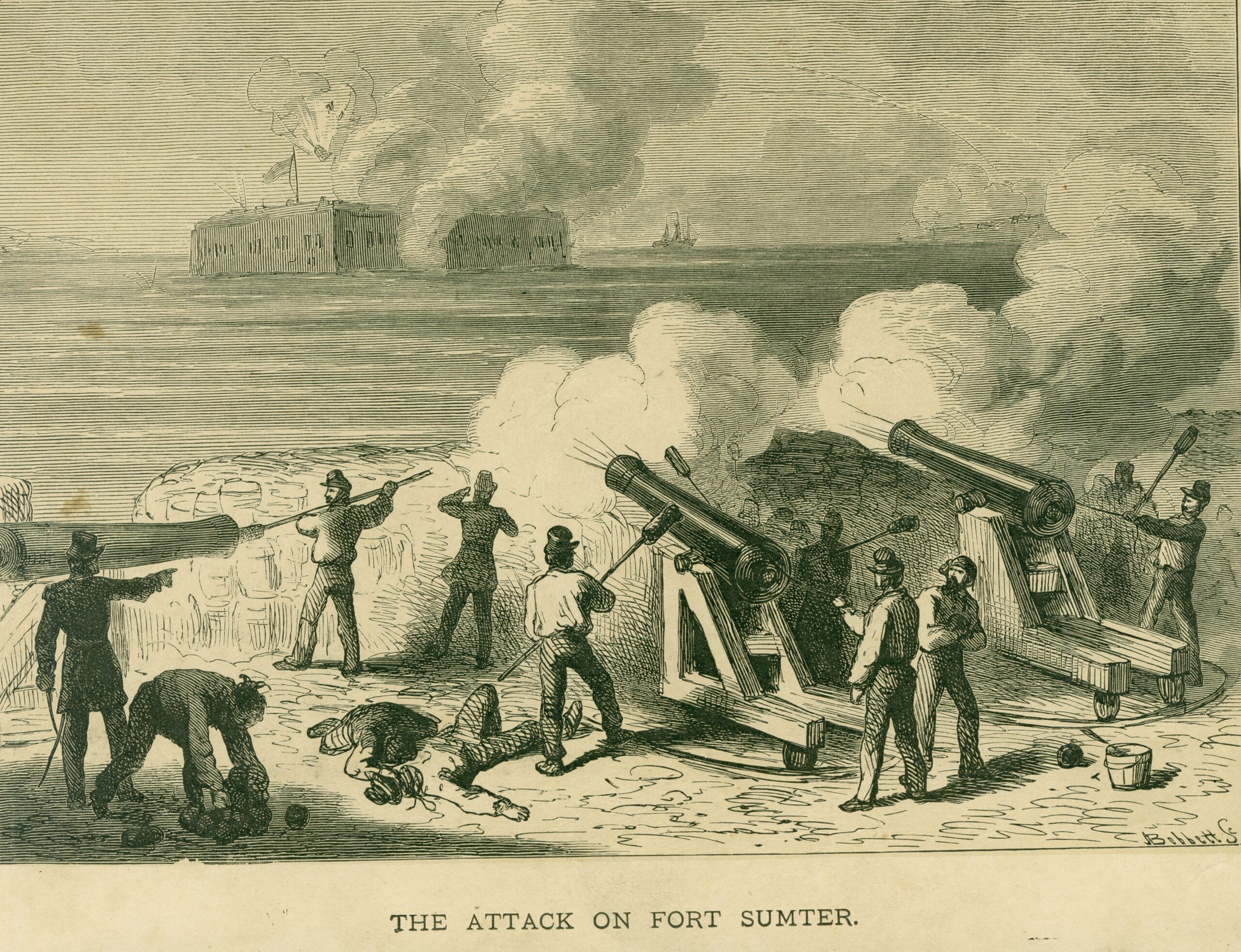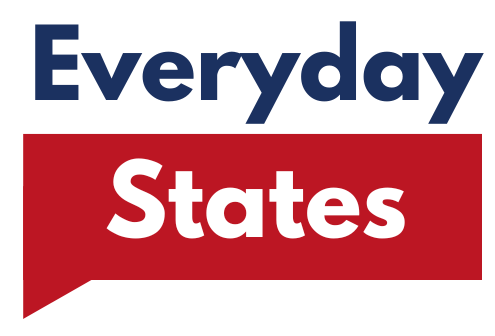Turning Points in the American Civil War
1619-1865 | The Peculiar Institution
The arrival of slavery in North America began with the Spanish and English colonists and lasted for more than 250 years. During this period, approximately 645,000 Africans were forcedly transported to the continent. Controversy surrounded the institution from its inception. For instance, Georgia, one of the original 13 colonies, banned slavery from 1735 to 1750, unlike its counterparts. Post-American Revolution, northern states gradually passed emancipation laws, highlighting a growing divide as the South clung to slavery. Over time, defenders of slavery shifted their narrative from it being a “necessary evil” to a so-called “benevolent Christian institution.” In 1860, South Carolina was notable for having a majority slave population, underpinning the socio-economic fabric of the southern states.
1820 | The Missouri Compromise

The Missouri Compromise emerged during the territorial expansion after the 1803 Louisiana Purchase. Missouri’s application for statehood as a slave state ignited fierce debates about the expansion of slavery. The potential addition of pro-slavery legislators threatened to tip the Congressional balance. To resolve the conflict, Missouri was admitted as a slave state, and Maine as a free state, maintaining equilibrium. A demarcation line at the 36°30′ parallel divided the territories into slave and free regions. Thomas Jefferson ominously remarked that this compromise was like a temporary lull in a storm, hinting at future troubles.
1831 | Nat Turner’s Rebellion
Nat Turner’s Rebellion was a pivotal and bloody chapter in the history of slave uprisings. Nat Turner, a slave, believed he was divinely instructed to lead a revolt, resulting in the deaths of around sixty white individuals. The insurrection, though short-lived, left a profound impact. The aftermath saw the execution of fifty-five slaves, including Turner, and the lynching of nearly two hundred more by mobs. The rebellion prompted Virginia lawmakers to curtail the already limited rights of slaves and free blacks, including prohibitions on education and assembly.
1846-1850 | The Wilmot Proviso
The Wilmot Proviso was a legislative proposal by David Wilmot aimed at prohibiting slavery in territories acquired after the Mexican-American War. Although the Proviso never passed, it sparked intense debates and elevated the discussion of secession. Wilmot repeatedly introduced the Proviso as a rider on various bills, underscoring the contentious political climate. The debates highlighted the growing sectional tensions, foreshadowing the looming national crisis.
1850 | The Compromise of 1850

The Compromise of 1850 was a complex yet temporary solution to escalating national tensions. Spearheaded by Henry Clay and Stephen Douglas, it admitted California as a free state while leaving other territories open to slavery. The Fugitive Slave Act, a part of the compromise, intensified tensions by obligating Northerners to assist in the capture of escaped slaves. This further polarized citizens, highlighting the deepening divide between North and South.
1852 | Uncle Tom’s Cabin
Harriet Beecher Stowe’s “Uncle Tom’s Cabin” became a cultural phenomenon, deeply influencing public perception of slavery. The book’s vivid portrayal of slave life resonated with many Northerners, while Southerners decried it as defamatory. As the second-best-selling book of the 19th century in America, its impact was profound, bringing the issue of slavery to the forefront of public consciousness and exacerbating sectional divisions.
1854-1859 | Bleeding Kansas
Bleeding Kansas was a violent prelude to the Civil War, triggered by the Kansas-Nebraska Act’s doctrine of popular sovereignty. Settlers from both North and South flocked to Kansas, leading to bloody confrontations. The infamous Pottawatomie Creek Massacre, led by abolitionist John Brown, left five pro-slavery settlers dead. The violence, although sporadic, created a climate of terror and underscored the deep-rooted tensions between pro-slavery and anti-slavery factions.
1857 | Dred Scott v. Sanford
The Dred Scott decision was a landmark Supreme Court case that heightened national tensions. Dred Scott, a slave, sued for his freedom, but the court ruled that slaves were property without legal rights. This decision threatened to undermine the precarious balance that had prevented civil war. By classifying slaves as property, it cast doubt on the federal government’s power to regulate slavery, intensifying sectional divides.
1858 | Lincoln-Douglas Debates
The Lincoln-Douglas debates of 1858 were a series of seven debates between Abraham Lincoln and Stephen Douglas, focusing on the contentious issue of slavery. These debates catapulted Lincoln into the national limelight, setting the stage for his presidential bid in 1860. While Douglas retained his Senate seat, his arguments alienated Southern Democrats, damaging his future presidential prospects.
1859 | John Brown’s Raid
John Brown’s Raid on Harpers Ferry was a bold attempt to incite a slave uprising. Brown and his supporters aimed to seize the federal arsenal and arm slaves for rebellion. The raid was suppressed by U.S. Marines led by Robert E. Lee, resulting in several casualties. Brown’s subsequent trial and execution turned him into a martyr for the abolitionist cause, further polarizing the nation.
1860 | Abraham Lincoln’s Election
Abraham Lincoln’s election in 1860 was a pivotal moment, despite his exclusion from Southern ballots. His victory as a Republican, with an anti-slavery platform, alarmed many Southerners. Within a month of his election, South Carolina seceded from the Union, followed by six more states by the spring of 1861, setting the stage for the Civil War.
1861 | The Battle of Fort Sumter

The Battle of Fort Sumter marked the official start of the Civil War. Following secession, Fort Sumter became a focal point as Lincoln attempted to resupply it. On April 12, 1861, Confederate forces bombarded the fort, leading to its surrender two days later. This event prompted Lincoln to call for 75,000 volunteers, leading to further secessions and the full onset of war.





